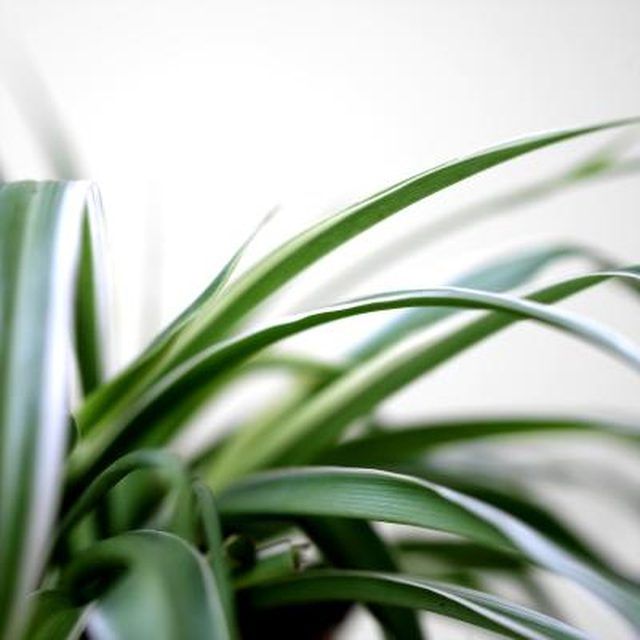Bulbs
Flower Basics
Flower Beds & Specialty Gardens
Flower Garden
Garden Furniture
Garden Gnomes
Garden Seeds
Garden Sheds
Garden Statues
Garden Tools & Supplies
Gardening Basics
Green & Organic
Groundcovers & Vines
Growing Annuals
Growing Basil
Growing Beans
Growing Berries
Growing Blueberries
Growing Cactus
Growing Corn
Growing Cotton
Growing Edibles
Growing Flowers
Growing Garlic
Growing Grapes
Growing Grass
Growing Herbs
Growing Jasmine
Growing Mint
Growing Mushrooms
Orchids
Growing Peanuts
Growing Perennials
Growing Plants
Growing Rosemary
Growing Roses
Growing Strawberries
Growing Sunflowers
Growing Thyme
Growing Tomatoes
Growing Tulips
Growing Vegetables
Herb Basics
Herb Garden
Indoor Growing
Landscaping Basics
Landscaping Patios
Landscaping Plants
Landscaping Shrubs
Landscaping Trees
Landscaping Walks & Pathways
Lawn Basics
Lawn Maintenance
Lawn Mowers
Lawn Ornaments
Lawn Planting
Lawn Tools
Outdoor Growing
Overall Landscape Planning
Pests, Weeds & Problems
Plant Basics
Rock Garden
Rose Garden
Shrubs
Soil
Specialty Gardens
Trees
Vegetable Garden
Yard Maintenance
How to Propagate a Spider Plant
How to Propagate a Spider Plant. Chlorophytum comosum "Vittatum," the spider plant, is a low-maintenance plant originating from South Africa. Spider plants grow well indoors and are most commonly sold as houseplants. The plant tolerates neglect but prefers bright light, a daily misting and weekly watering. Spider plants must be root-bound before...

Chlorophytum comosum "Vittatum," the spider plant, is a low-maintenance plant originating from South Africa. Spider plants grow well indoors and are most commonly sold as houseplants. The plant tolerates neglect but prefers bright light, a daily misting and weekly watering. Spider plants must be root-bound before the popular offsets, often referred to as "babies," form. Once the plant matures and the roots fill the pot, slender shoots develop and develop tiny white flowers. Once the flowers fade, plantlets form and grow. You can propagate your spider plant by growing out the plantlets or through root division.
Things You'll Need
Newspaper
Sterile planter
Quality potting soil
General-purpose houseplant fertilizer
Sharp knife (optional)
Distilled water
Spray bottle
Thin wire
Root Division
Cover you work area with newspaper. Remove the spider plant from the pot. Lay the plant on its side with the root ball closest to you.
Use your fingers to separate the root ball. Usually, there is more than one plant in the planters you buy from the store. Divide the roots of the plants if there is more than one.
Cut the root ball, if necessary to divide the ball into sections. Keep damage to a minimum by cutting only when you cannot untangle the roots.
Fill a sterile planter with potting soil to a depth of about 3 inches. Form a mound in the center of the soil. Place the spider plant division in the planter, with the base of the roots set on mounded soil. Continue filling the planter with soil.
Water and mist the newly planted spider plant with distilled water. Tap water may contain chemicals, such as fluoride, which are harmful to spider plants.
Growing Plantlets
Remove the plantlets from the mother spider plant when there are small white tubers visible on the bottom of the plantlet. Pull the plantlets gently at the basal end to remove them from the stem.
Transplant the plantlets in a growing container filled with a quality potting soil. Water thoroughly with distilled water.
Place the container in a bright location, away from drafts. Mist the plantlets daily. Inspect every few days for spider mites or other pests.
Grow plantlets without root formations by bending the stem down to a soil-filled pot and pinning the plantlets to the soil with thin wire. Sever the stem from the adult plant when the new plant has a healthy root system.
Tips & Warnings
Allow the spider plant soil to dry out between watering. The plant does not like wet roots.